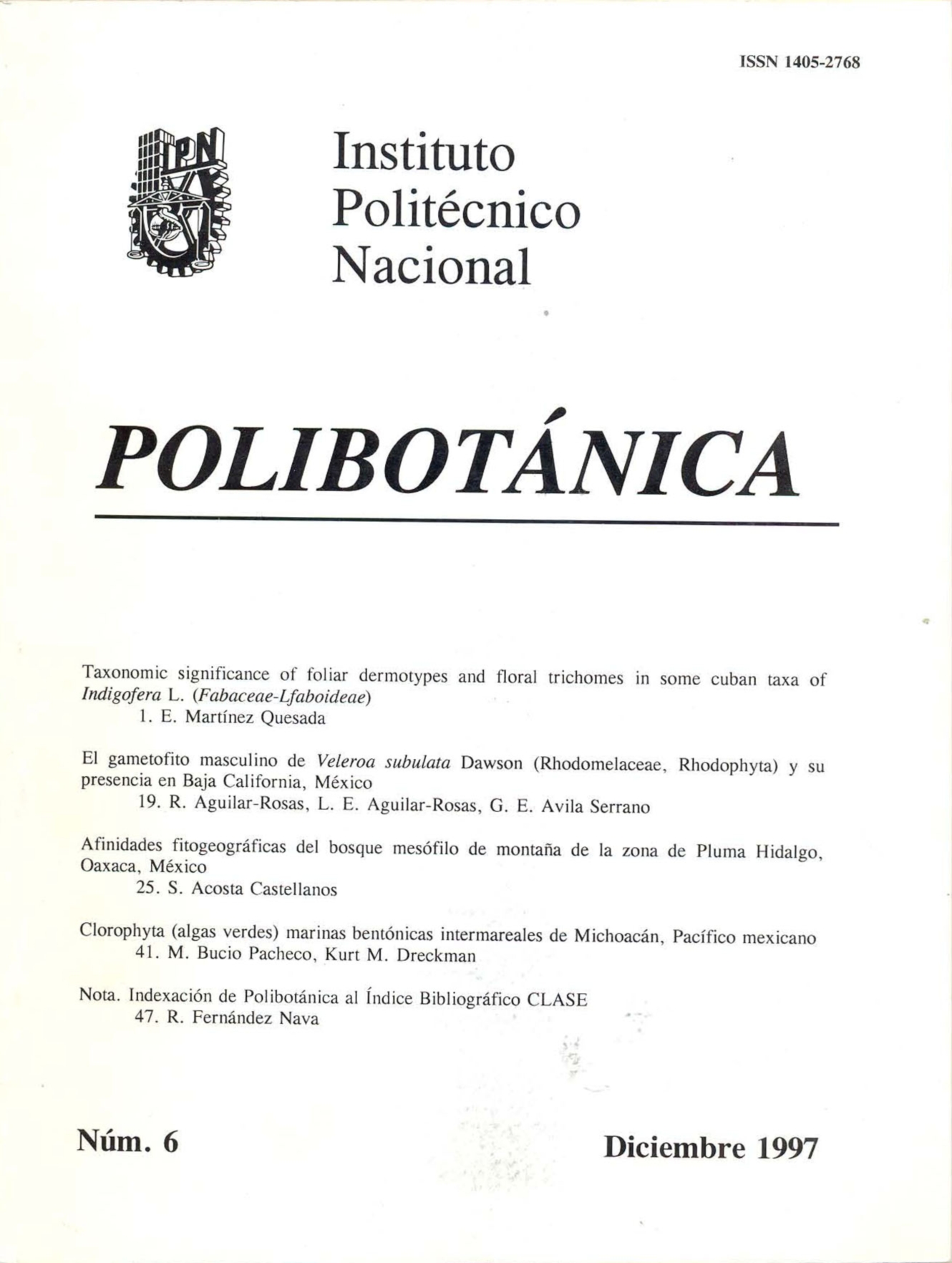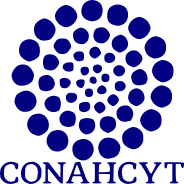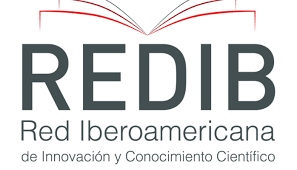TAXONOMIC SIGNIFICANCE OF FOLIAR DERMOTYPES AND FLORAL TRICHOMES IN SOME CUBAN TAXA OF Indigofera L. (Fabaceae-Faboideae)
Abstract
A study of the foliar epidermis and floral
trichomes in seven Cuban taxa of Indigofera L.
was performed. Epidermal cell shape and
anticlinal wall patterns are variable from taxon
to taxon and even within the same taxon.
Stomata are mostly anisocytic and all taxa have
amphistomatic leaflets. Two bifacial stomatal
patterns are reported for the first time for
Fabaceae. Four multicellular uniseriate and
multiseriate trichome types were found on
leaflets of the genus while on floral parts nine
trichome types were observed and classified
here as unicellular trichome, and multicellular
"uni", "bi", and multiseriate trichomes. Six
distribution patterns on the standard petal were
identified and two of them are reported for the
first time. Although the analyzed foliar
dermotypes have taxonomic value, they tend to
be stable at the generic level. Essentially,
trichomes are more useful characters at the
species level. On the basis of foliar dermotypes
and floral trichome types studied a key to aid
identification is provided.
Downloads
Published
Issue
Section
License

Polibotánica by Departamento de Botánica de la Escuela Nacional de Ciencias Biológicas del Instituto Politécnico Nacional se distribuye bajo una Licencia Creative Commons Atribución-NoComercial-CompartirIgual 4.0 Internacional.




















